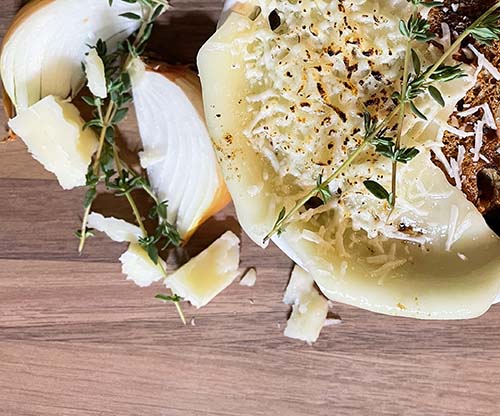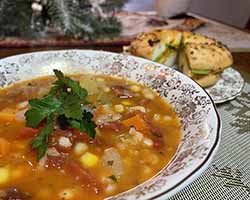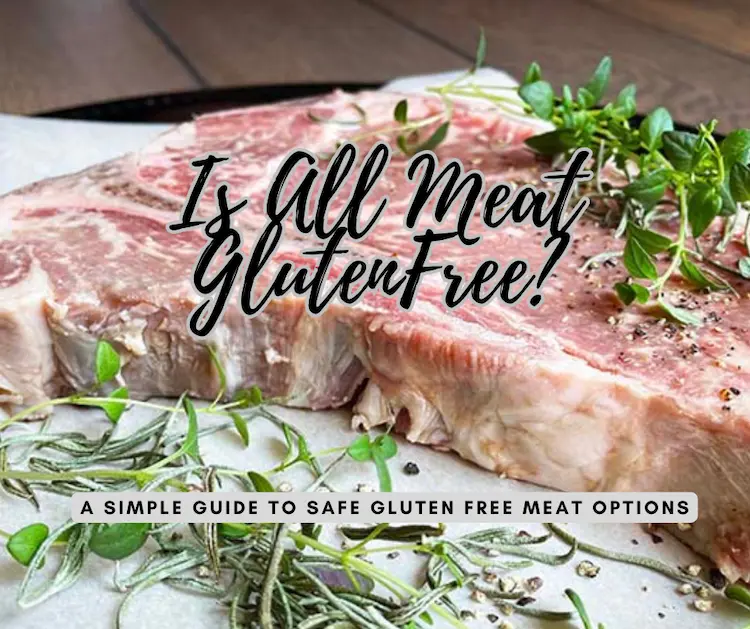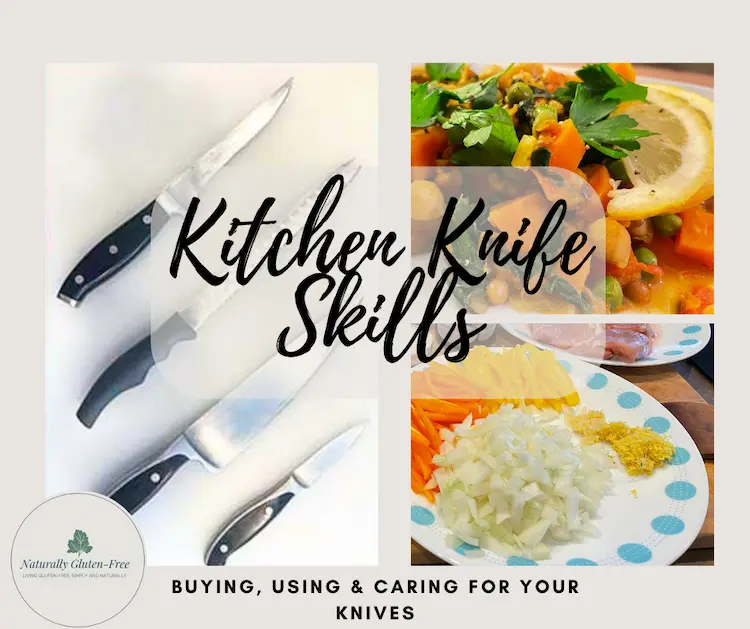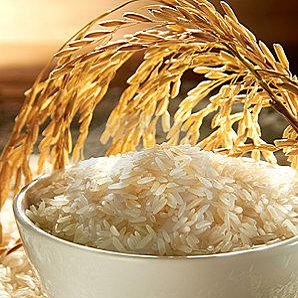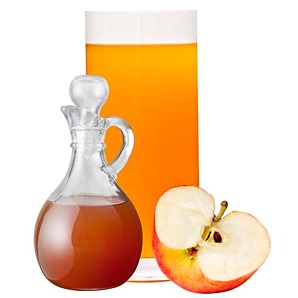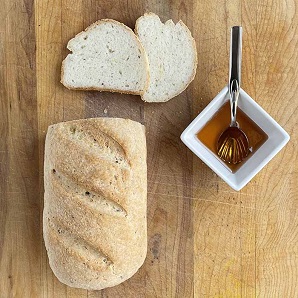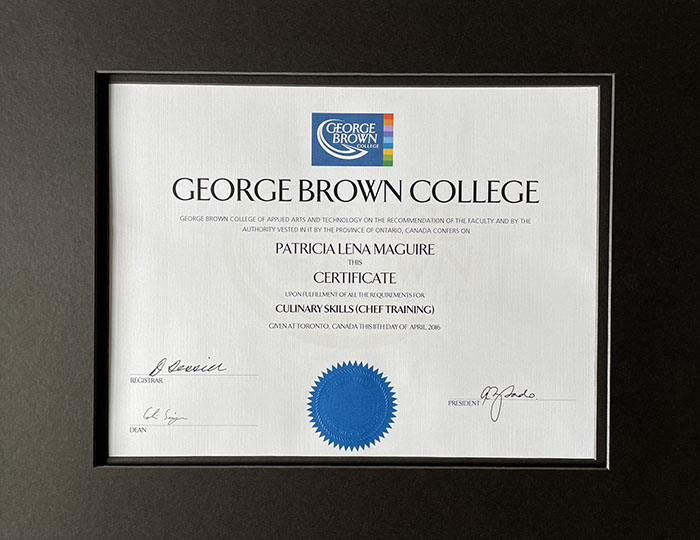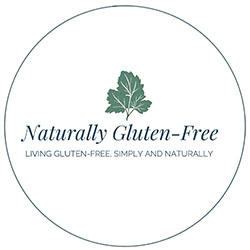- Home
- Gluten Free Cooking
- Gluten Free Soup
Gluten Free Soup
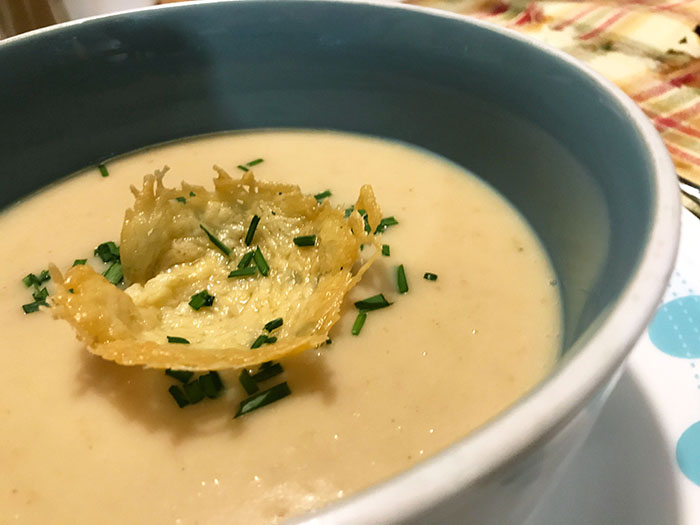
Gluten Free Soup: Isn’t soup just the best?! Whether you’re looking for an open a tin and throw together a sandwich kind of shortcut or a simmer on the stove and smell the aromas through your whole house culinary experience, soup fits the bill. It is the ultimate comfort food. It’s also one of the best ways to use up leftovers.
The first part of this article will be about making your own soups (it really is easier than you think), then I’ll touch on buying ready-made. After all, we all just need a break sometimes.
Gluten Free Soup – Make your own
Think you need all day to make a delicious home-made soup? Simply not true. You do need to have a good quality gluten free stock on hand, but once you have that, you’re off to the races. Anywhere from 30 min to an hour and you’ve got a breath deeply and sip the goodness home-made gluten free soup.
Many of the soup recipes you’ll find out there are naturally gluten free, and the ones that aren’t are easy to convert. If there is flour, substitute gluten free flour. If there is bread or croutons, substitute gluten free bread or croutons. If there is barley, substitute a gluten free grain like buckwheat or even rice or quinoa. An of course make sure your stock is gluten free.
There are basically three kinds of soups, and that goes for gluten free soup as well.
There are clear soups, thickened soups, and cream soups.
Clear Soups
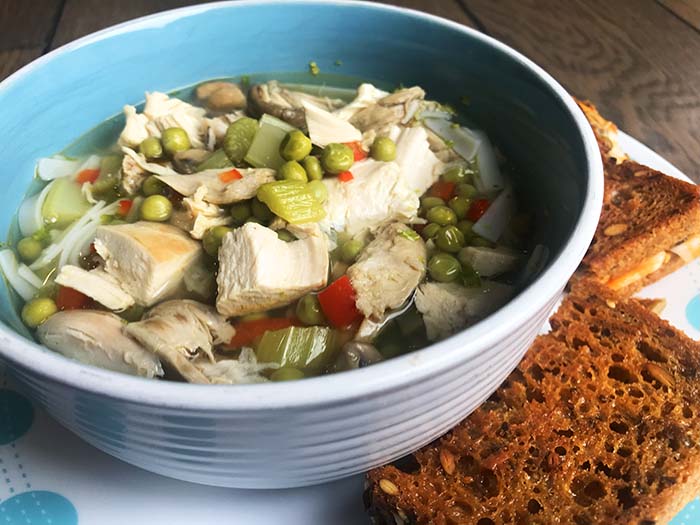
I know you can picture this one off the top of your head. It’s the clear broth by itself or use it as a canvas to make anything that suits your fancy. Shred up leftover chicken for a classic chicken noodle or chicken with rice. Leftover steak or roast beef with diced veggies and a handful of whole gluten free grain make a beef vegetable or beef “barley” soup. And of course the post-holiday piece de resistance, turkey soup.
The basic method for clear gluten free soup is this:
A little oil or butter in the bottom of the pot. Sauté your onion and veggies. A ½ cup of wine is optional. Add your stock and a spice bag then simmer for about 30 to 45 min to reduce the stock and intensify the flavour. Throw in cooked meat or gluten free noodles near the end and there you’re done.
NGF Tip:
Most gluten free noodles don’t hold up well in liquid for long periods of time. If you’re going to have leftover home-made gluten free soup, consider cooking the noodles separately then adding to the soup bowls just before serving. That way you can store your leftovers noodle free.
For your post-holiday turkey soup, follow the instructions for home-made gluten free stock, then make a clear soup with whatever combination of veggies, noodles, rice and shredded turkey you like.
Thickened Soups
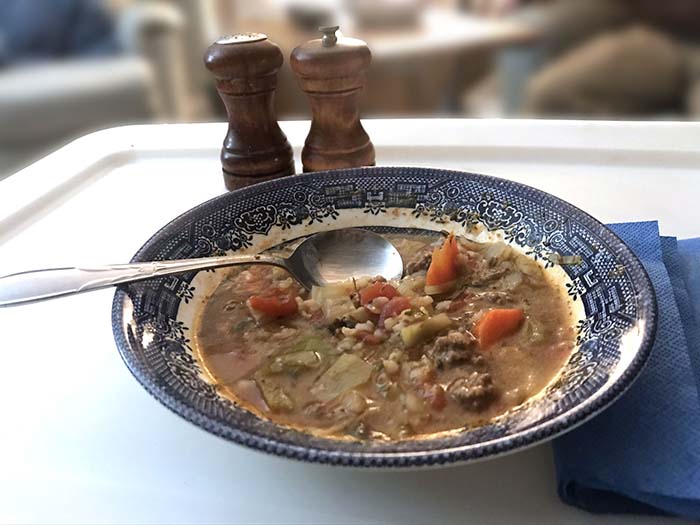
Thickened soups are the hearty cold day companions that stick to your ribs and warm you up from the inside out. Think of a robust bean and bacon or French-Canadian pea soup, or a classic tomato. Thickened gluten free soup is nourishing, substantial and a meal in itself.
How to make it:
There are two ways to thicken a gluten free soup, or any soup for that matter. The first is with a roux (I know that sounds like a hoity-toity cheffy term, but it just means flour with a bit of fat) the second is to puree the finished product.
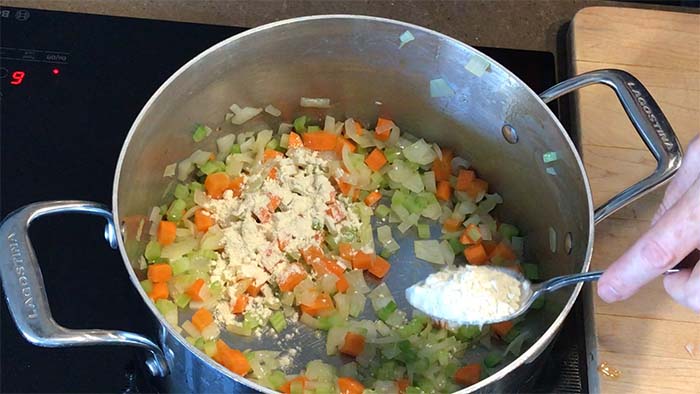
The basic method is the same as for a clear soup but with an extra step of two. For thickening your gluten free soup with a roux, just go back to the beginning of the clear soup method, right to the part where you’re sauteing the onion and veggies in a bit of oil or butter and just sprinkle in two tablespoons of gluten free all purpose flour, then continue with your recipe. Just remember to add the liquid slowly while stirring to keep the thickened broth from going lumpy.
NGF tip:
Gluten free flour behaves a little differently than wheat flour when you cook it in a roux. It won’t seem like it’s thickening when you’re mixing it with the fat so you may be tempted to add more flour. Don’t do it! Once you start adding the liquid it will thicken up nicely.

To thicken your gluten free soup by pureeing is as easy as it sounds. Make your clear soup, then puree it either in the blender or with a handheld immersion blender. If you’re making a lot of pureed soups and sauces, I highly recommend investing in an immersion blender, it simplifies the task substantially. This is the best method for tomato soup.
Safety Tip!!!
If you are pureeing hot liquid in the blender take the little handle out of the lid and cover the blender with a towel. This lets the steam escape, so your hot soup won’t explode all over you and your kitchen. Trust me, I saw this happen in culinary school. It was messy but luckily, no one was hurt.
Cream Soups
Here is where you’ll find some of your childhood lunchtime faves. Cream of tomato, cream of mushroom, cream of chicken…
Again, it’s just the basic method with an extra step. Make a clear or a thickened soup, usually the pureed method, and just kick it up a notch by adding ¾ of a cup of heavy cream or coconut cream if you’re going dairy free right at the end.
Spice bag
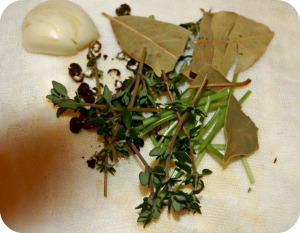
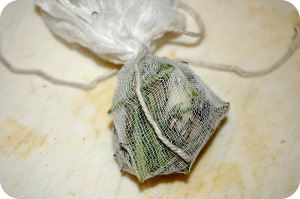
This is the standard spice bag or sachet used in French cooking. It makes all the difference in the flavours of your soups and stocks. It consists of crushed peppercorn, fresh thyme, parsley stems and a bay leaf. The garlic clove is optional. Tie it up in a square of cheese cloth, immerse it in the soup or stock and tie the string to the handle of the pot so you can find it when you want to remove it.
Keto Friendly Soups
If you're on a keto diet, converting your favorite soup recipes to keto will be easy. Just pay attention to the thickening method and the vegetables you include, No potatoes, rice, or pasta and minimal carrots or sweet squash like butternut squash.
And of course no sugar.
Clear soups are keto friendly as they are not thickened with flour or starch. Just make sure your other ingredients like veggies are keto.
Pureeing and adding cream to soups are both keto acceptable methods of thickening.
Gluten Free Soup – Ready Made
Things are better than they used to be. Manufacturers are starting to realize that great soups don’t need gluten and are starting to offer some of their standard fare without that nasty interloper. Still, in my opinion this is still one of the most fraught areas of the supermarket. There are cans and cans and where do you start. My recommendation is to start in the organics section. Choosing organic is not a bad idea for a number of reasons, but in this case it’s just because these products are less likely to contain unnecessary ingredients. Compare the ingredients list on the carton of Imagine Organic Creamy Garden Tomato Soup and Campbell’s Condensed Tomato Soup.
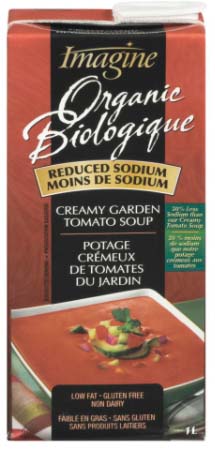 |
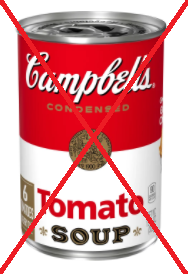 |
|
Ingredients WATER, ORGANIC TOMATO PASTE, ORGANIC ONIONS, ORGANIC CELERY, ORGANIC POTATOES, ORGANIC CARROTS, ORGANIC EVAPORATED CANE SUGAR, ORGANIC TAPIOCA STARCH, ORGANIC GARLIC, ORGANIC CANOLA OIL AND/OR ORGANIC SAFFLOWER OIL AND/OR ORGANIC SUNFLOWER OIL, SEA SALT, ORGANIC SPICES |
Ingredients |
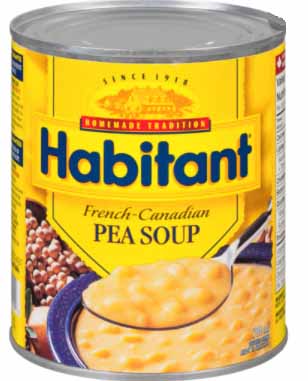
Here's a personal favourite and one that I always keep on hand. It's thick and hearty and tasty. Good quality ingredients and gluten free!
But remember, always check the ingredients!! things change and companies change their formulas all the time.
A Few Gluten-Free Soup Recipes You Might Like
Gluten Free French Onion Soup - Do you miss ordering French Onion Soup in a restaurant? I did until I learned that it's easy to make my own homemade gluten-free French Onion Soup
Gluten-Free Bean and Bacon Soup - This hearty delicious bean and bacon soup started out as an attempt to replace what was, before I went gluten-free, my favorite canned soup from Campbells.
Home > Gluten Free Cooking > Gluten Free Soup



